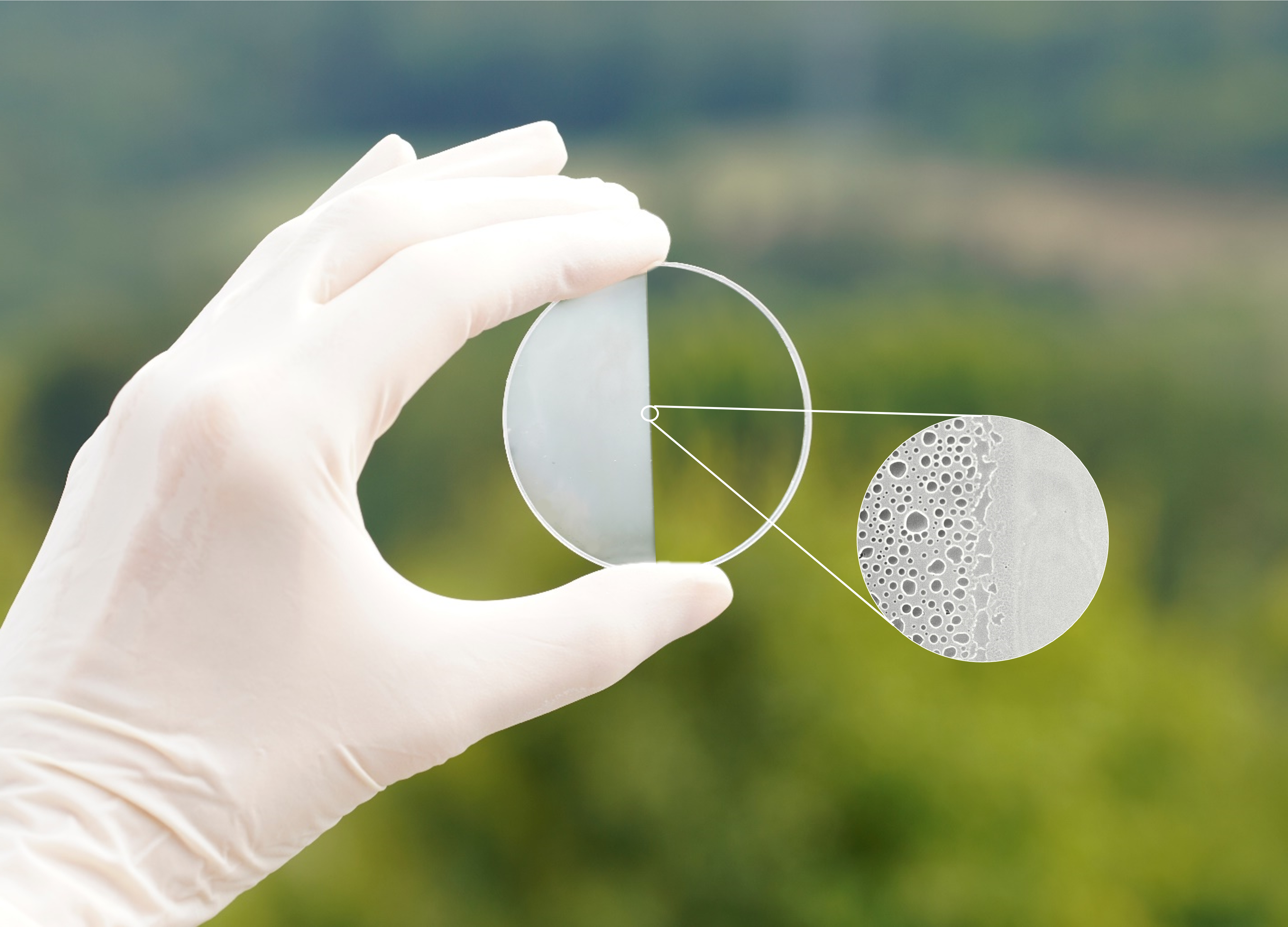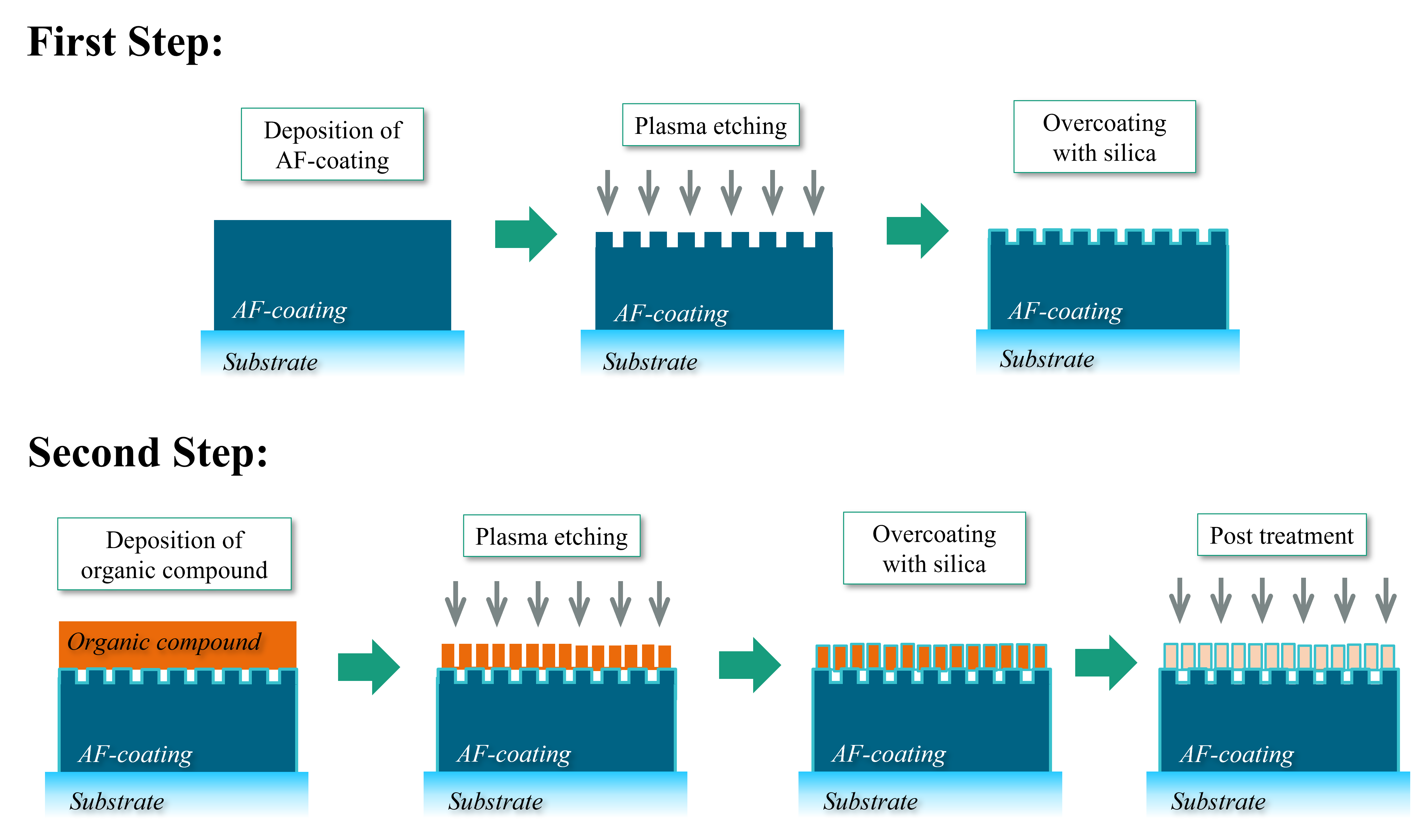Technology improves the performance of lidar and other sensor and camera systems
New optical coating system prevents fogging and unwanted reflections
Optics that do not fog up and almost do not reflect - this will be possible in the future due to a new optical coating system developed by researchers at the Fraunhofer Institute for Applied Optics and Precision Engineering IOF. The technology is expected to help improve the performance of lidar systems and cameras in, for example, autonomous driving cars. The research team has now presented the new process in a paper published in the journal "Applied Optics".
"Walking into a warm room from the cold outside can cause glasses to fog up, blinding the user," says Anne Gärtner. "The same can happen to sensors such as the lidar systems used in autonomous cars. It is important that surfaces remain highly transparent, even if fogging occurs, so that functionality is maintained."
Gärtner and her team have therefore developed an optical coating system designed to prevent just that. In the journal "Applied Optics", published by Optica Publishing Group, the researchers describe how they combined a polymer film with porous silicon dioxide nanostructures. The polymer film prevents fogging, while the nanostructures at the same time reduce reflections. Although the coatings described in the paper were developed specifically for lidar systems, the technology can be tailored for many different applications. LiDAR ("light detection and ranging") refers to laser systems used for optical distance and speed measurement.
Optical coating system ensures clear vision
The new coating system is based on the AR-plas2 technology developed at Fraunhofer IOF and was adapted to their requirements in cooperation with Leica Geosystems AG from Heerbrugg, Switzerland. Leica Geosystems develops lidar measurement systems for a variety of mapping and surveying applications. Extreme temperature differences between the environment and the measurement system can cause fogging on the optical surfaces, which would affect functionality. To prevent this, Gärtner's team worked with Leica Geosystems to develop a solution that addressed both fogging and unwanted light reflections.
"We used a polymer that prevents fogging on an optical surface by acting as a water reservoir," explains Gärtner. "However, differences in the refractive indices of the polymer film and the surrounding air leads to unwanted reflections and ghost light. To avoid these reflections, we combined the antifog film with very small structures — up to 320 nm high — to create an antireflective effect together with water permeability."
Multiple nanostructures on top of each other prevent reflections
AR-plas2 technology can be used to create multiple nanostructures on top of each other. The process involved etching a nanostructure into the antifog coating and then fabricating a second nanostructure on top. With this technology, it is possible to adjust the refractive indices of the nanostructures to tailor the design of the double nanostructure to achieve very low reflection over a wide spectral range.
The researchers tested the antireflective and antifog performance of their coating system using reflectance measurements with a spectrophotometer and fogging measurements by holding the optics over heated water. These laboratory tests showed that the multilayer system exhibits very low reflectance over a wide spectral range. This would not be possible with a single nanostructure. Furthermore, the nanostructures did not affect the properties of the underlying antifog film. Due to the touch-sensitive nature of the surface, this form of layering system is particularly suitable for interior surfaces.
Potential application in quantum computers
AR-plas2 technology can be applied to almost all types of materials: to polymers, but also to glass or fluoride crystals. It is therefore widely applicable, for example for optics in lighting, in the automotive and consumer goods sectors, but also for in future technologies such as quantum computing. Here, researchers at the Fraunhofer IOF are already developing systems made of optical layers and nanostructures for experiments to develop a quantum computer as part of the "QZell project".
"Optical systems are becoming more and more complex and thus the demands on image quality are also increasing," says Gärtner. "With nanostructures, antireflective properties can be achieved with impressive results that are often not feasible with conventional coatings. With the fundamental understanding we gained over the recent years we are confident that we can bring nanostructured coatings to many real-world applications."

